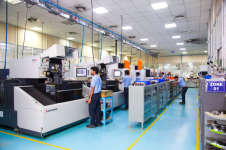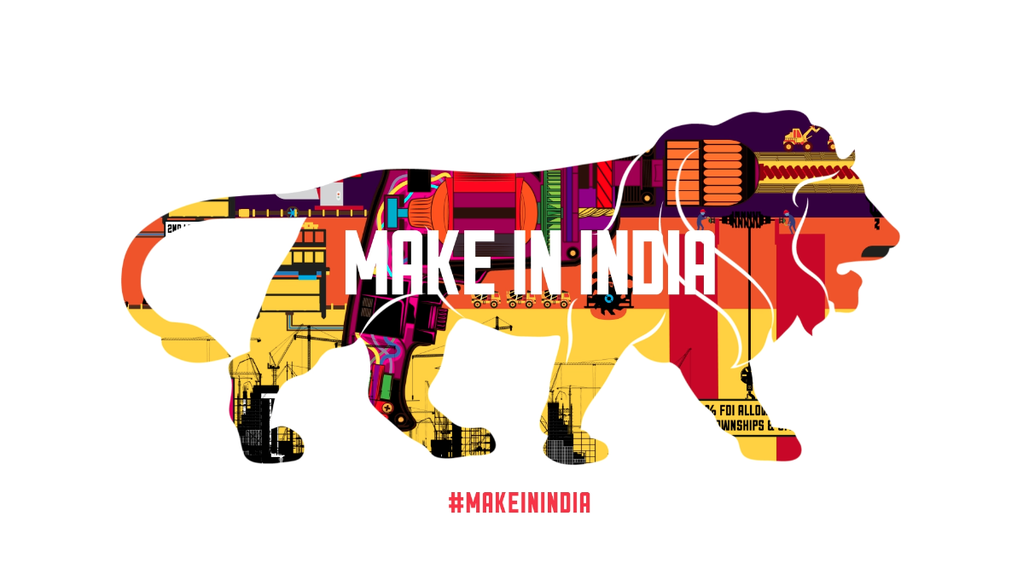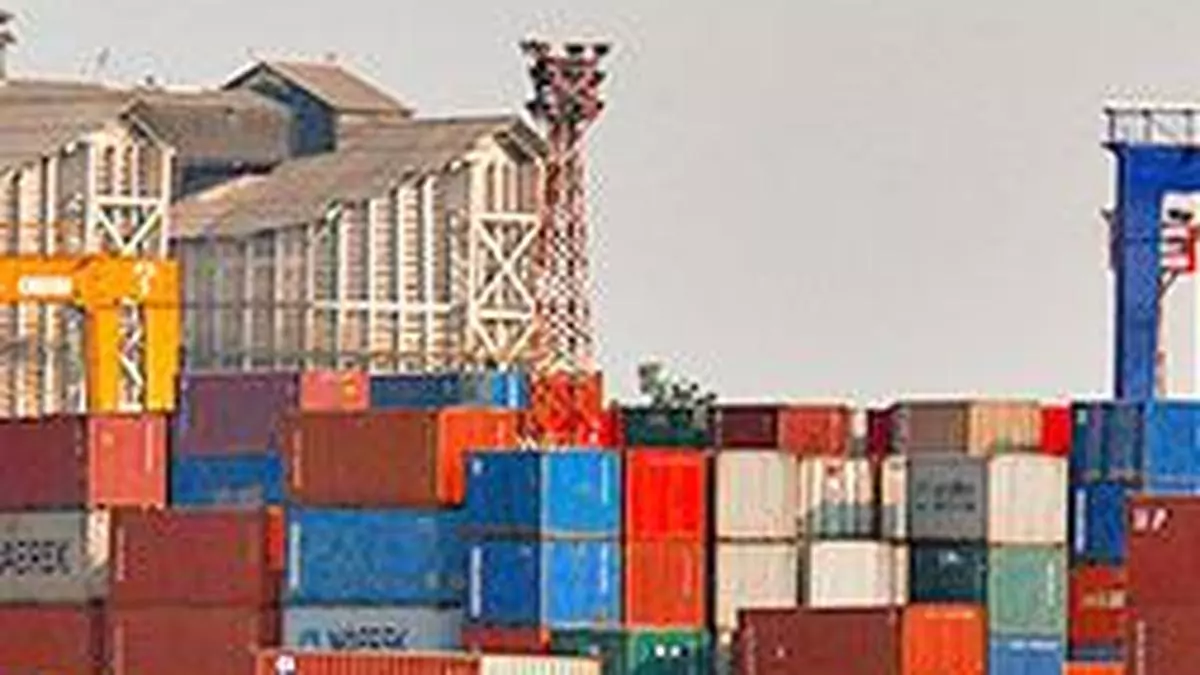
India has experienced an extraordinary rise in its defence exports over the last decade, with figures multiplying more than 30 times. The country now supplies defence products to over 90 nations, a growth fueled by global conflicts like the Russia-Ukraine war and the Israel-Hamas conflict. These geopolitical tensions have driven many nations to strengthen their military capabilities, and India has emerged as a key supplier. In the first quarter of 2024-2025 alone, India's defence exports surged by 78%, reaching Rs 6,915 crore, compared to Rs 3,885 crore in the same period the previous year according to a report by ThePrint.
Government Initiatives Powering Growth
The Indian government has been a significant driver behind this export boom, implementing policies that simplify licensing and approvals, and demonstrating a greater willingness to supply lethal arms. In 2020, the Narendra Modi government set a target to achieve Rs 35,000 crore ($5 billion) in defence exports within five years. This is part of a broader strategy to attain a turnover of Rs 1.75 lakh crore ($25 billion) in defence manufacturing by 2025. The most recent data from the Ministry of Defence reveals that in 2023-2024, India's defence exports reached a record Rs 21,083 crore, marking a 32.5% increase from the previous fiscal year.Lt Gen H S Panag (Retd), a former Northern Army commander, highlighted this strategic shift, stating, "By 2013-14, our exports were a meagre $110 million (at then prevailing exchange rates). A defence export strategy did not exist until August 2014. Exports were carried out under the Foreign Trade Policy after obtaining a no-objection certificate (NOC) from the Ministry of Defence [MoD]. In September 2014, the Modi government formulated and promulgated a Strategy for Defence Exports. It focused on export promotion/facilitation, and regulation."
The US: A Key Buyer of Indian Defence Goods
But what exactly is India exporting? While the defence ministry does not disclose details of exports or specific countries, ThePrint spoke to multiple sources in the government, industry and diplomatic circles who said India’s defence exports were wide-ranging.Defence exports by state-owned and private sector companies include artillery guns, MLRS, Surface-to-Air-Missiles, Weapon Locating Radars, cruise missiles, ammunition, small arms—including sniper rifles and specialised sight systems—bulletproof jackets and helmets, electronic items, armoured vehicles, lightweight torpedoes, simulators, drones and fast-attack vessels.
While Myanmar has traditionally been a big destination for Indian defence exports—mainly fuses and ammunition—countries like Israel and Armenia have also emerged as important buyers in recent years.
Israel imports certain sight systems, small arms manufactured by its subsidiary here along with certain fuses and ammunition besides drone structures and parts.
While India has signed some big-ticket standalone deals, like the BrahMos contract with the Philippines and one for artillery guns and air defence systems with Armenia, the biggest importer of Indian defence goods is the US, which accounts for nearly 50 percent of India’s total defence exports.
This is primarily because American companies now source over a billion dollars’ worth of systems, subsystems and parts from India annually to feed into their global supply chain network and as part of their offset commitments.
“The idea is for India not just to emerge as a global manufacturing hub for complete defence systems but to be part of the global supply chains for big players,” said a source in the defence establishment.
“Be it the Americans or the French, they are now sourcing a lot from India, which shows how far the domestic industry has grown.’”
Leading the pack of US companies is Boeing. In 2016, Boeing and Tata Group set up a joint venture called Tata Boeing Aerospace Ltd (TBAL) in Hyderabad.
Its facility spread over 14,000 square metres manufactures aero-structures for Boeing’s AH-64 Apache helicopter, including fuselages, secondary structures and vertical spar boxes for customers worldwide.
The facility can produce up to eight fuselages a month and has supplied over 200 Apache fuselages so far. It has also supplied over 1,500 secondary structures and vertical spar boxes for the Apache, besides other items for the company’s 737 family of airplanes on the civilian side, according to the American Chamber of Commerce.
Besides the Tatas, another leading company in the business is Bengaluru-based Dynamatic Technologies, which has been manufacturing the ramp and complex aft pylon for Chinook heavy-lift helicopters, as well as power and mission cabinets for the P-8 Poseidon maritime reconnaissance aircraft.
Bengaluru-based Rossell Techsys manufactures wire harnesses and electrical panels for the AH-64 Apache, and the harness for several Boeing Defence, Space & Security (BDS) platforms including fighter aircraft such as the V-22 Osprey, CH-47 Chinook, F-15 and F/A-18 Super Hornet.
Besides these companies, Bengaluru-based SASMOS HET Technologies manufactures electrical panel assemblies for the F/A-18 Super Hornet and F-15 Strike Eagle. State-run Hindustan Aeronautics Limited (HAL) manufactures F/A-18 gun bay doors, while Bharat Electronics Limited (BEL) manufactures IFF (Identify Friend/Foe) combat identification systems and speech secrecy systems for the P-8I.
Sources said that while most of their initiatives are part of the offset commitments, it also makes business sense now to widen the basket of the supply chain.
The other big US defence company driving the export market for India is Lockheed Martin through its two joint ventures with the Tatas in Hyderabad.
Established in 2010 between Tata Advanced Systems Limited (TASL) and Lockheed Martin Aeronautics, one joint venture has manufactured over 200 empennages for its C-130J transport aircraft as part of its global supply chain. The joint venture is now the single source supplier for global C-130 empennages.
The other joint venture is the world’s sole producer of S-92 helicopter cabin components, which has so far delivered over 157 S-92 cabins.
Significantly, fighter wings are now produced in India, too. Besides these, the US imports several other tools and even sight systems from India.
Indo-MIM is India’s top defence exporter
India’s top private exporter isn’t the Tata Group with its multiple deals, or another big player like Mahindra or Kalyani Group, which has struck deals with Armenia for its artillery guns. Defence Ministry data shows that Bengaluru-based Indo-MIM occupies the top spot.This company is a manufacturer of metal injection molding (MIM) parts, besides other sectors.
It is one of the world’s leading suppliers of precision-engineered products that use MIM as the core manufacturing technology, with customers in more than 50 countries in the Americas, Europe, and Asia. Besides India, it has manufacturing facilities in the US and the UK.
The company’s roots date back to 1997, when AF Technologies India was founded as a 50-50 joint venture with North American MIM company Precision Cast Components (PCC) and Dr Krishna Chivukula, an Indo-American industrialist, with the intent of establishing a manufacturing base for MIM products in India.
In 2001, 100 percent ownership of the venture was acquired from the American collaborator, and INDO-MIM was born.
There are several other private players in the defence export business like MKU, SSS Defence and Tonbo Imaging.










